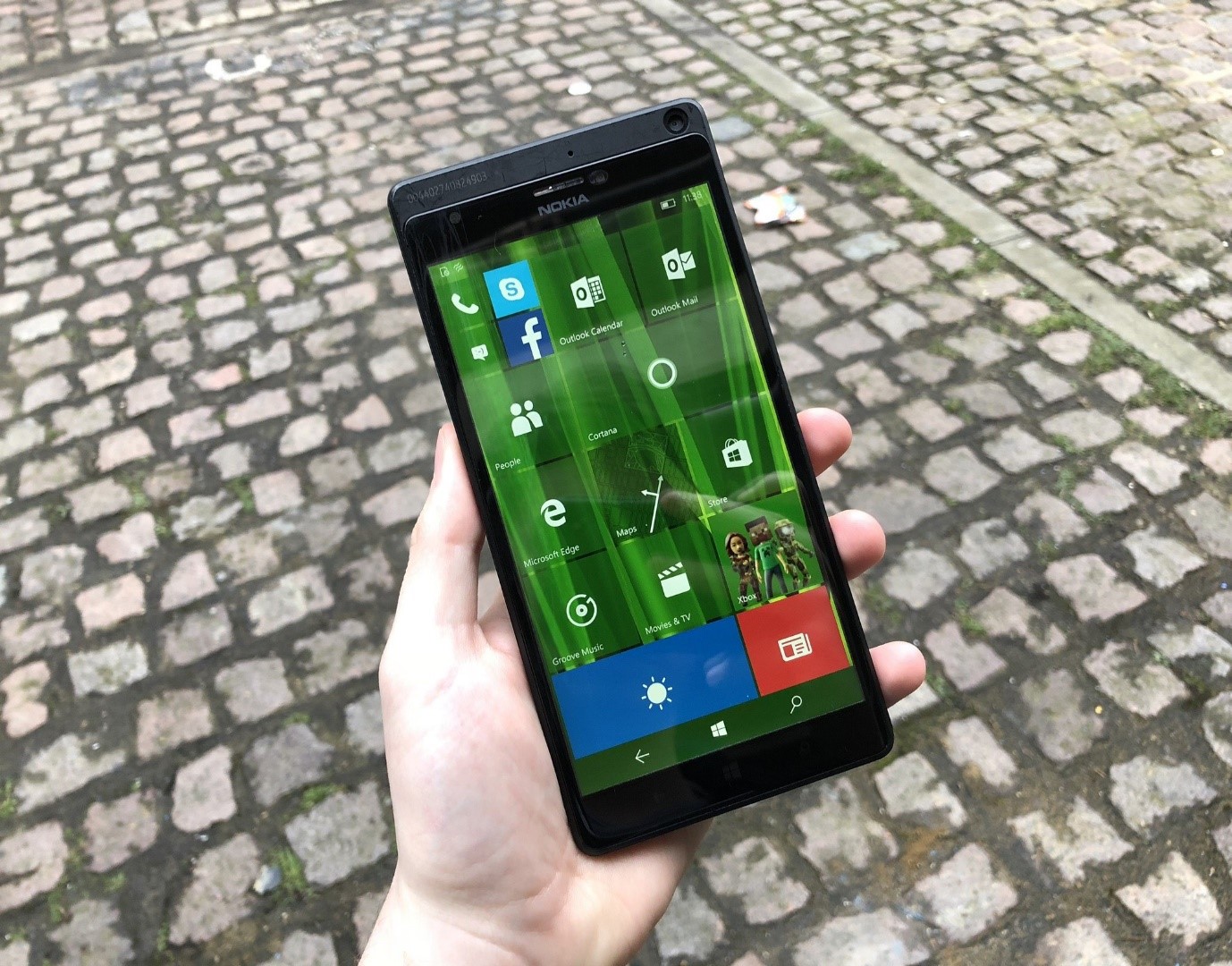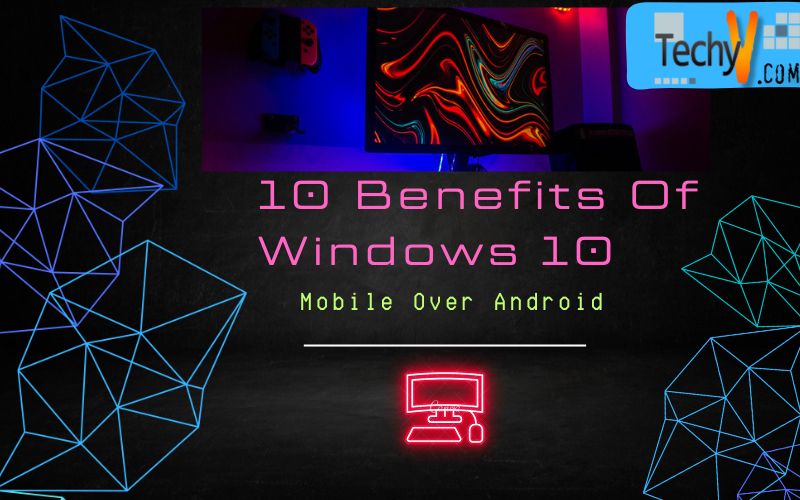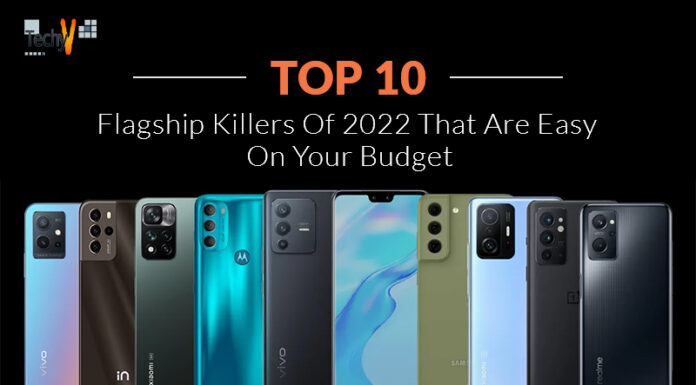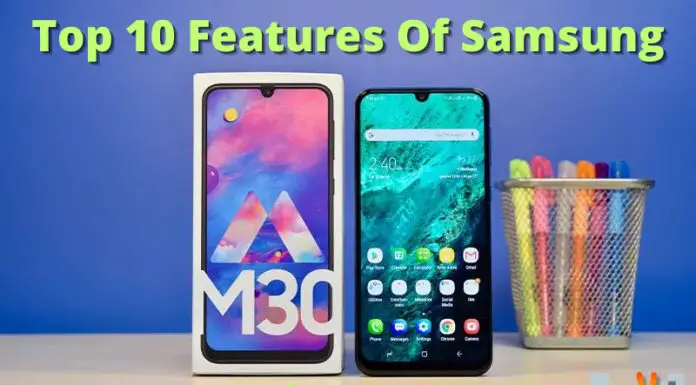Since its 2010 launch, Microsoft’s Windows Phone has stood out as one of the most innovative and exciting mobile operating systems ever created. And it is much better now with the most recent version of Windows 10 Mobile. Windows 10 Mobile is more advanced than Android in more ways than you might imagine, even though it still experiences many of the same issues that have afflicted Windows Phone since its launch (low market share, lack of availability of most apps, etc.).
1. Gorgeous Apps
Although fewer apps are available in the Windows App Store than in the Google Play Store, Windows phones currently contain all the essential apps. Microsoft has stricter guidelines than Google about which apps and games can appear in their respective marketplaces, and Windows Phone is not an open-source platform.
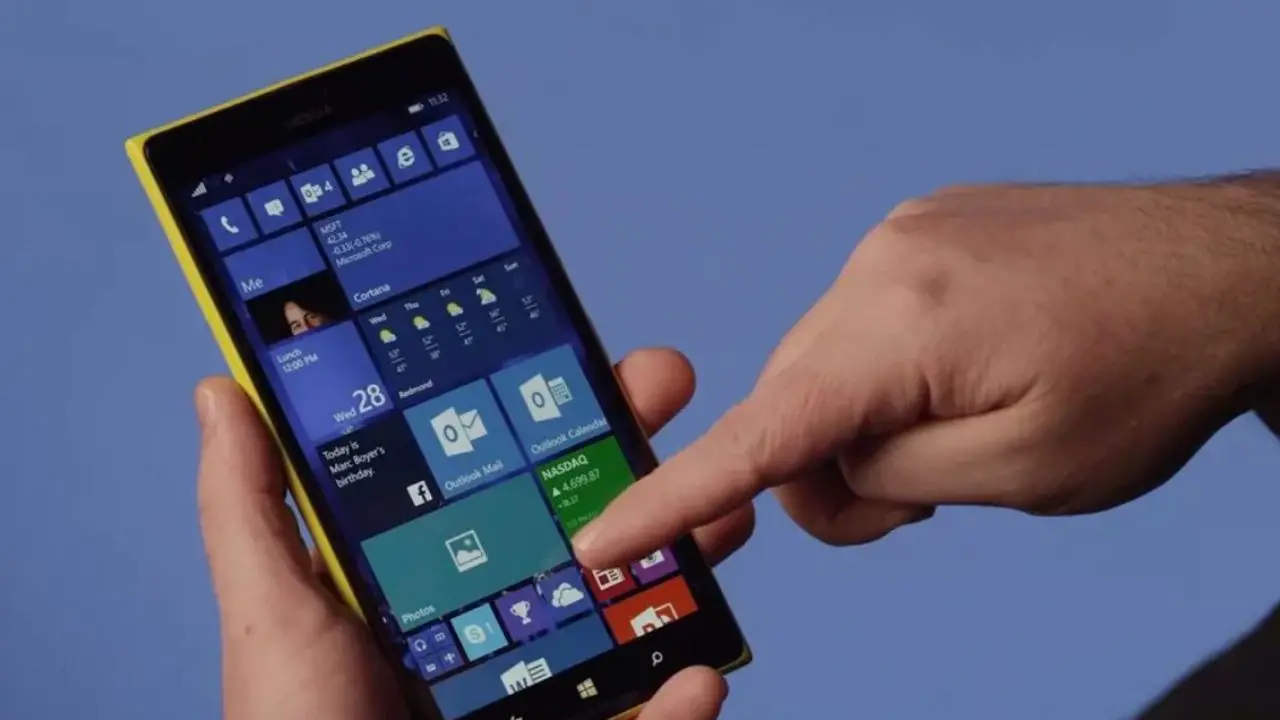
2. Seamless Email And Social Media Integration
Windows Phone has a built-in social media integrated hub that users use; it is highly slick and fluid and supports the company’s objective to develop an end-to-end product experience for its customers. Facebook, Twitter, and LinkedIn are some of the social media sites that provide updates to the People Hub. The People Hub allows you to access all your friends’ status updates and notifications without having to open each of their respective apps one by one.
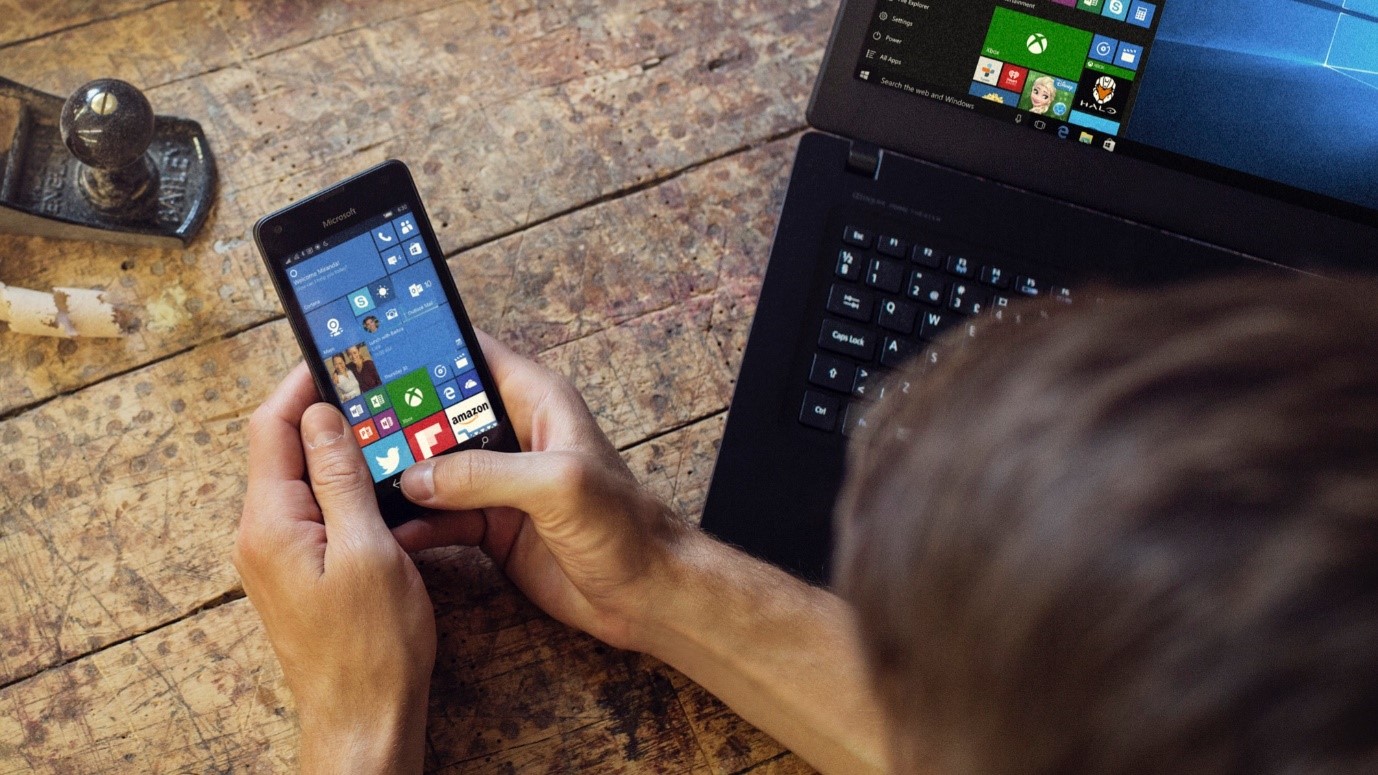
3. Microsoft Integration And Support
Windows Phone interacts effectively with Microsoft products like Outlook.com, which will be welcome news to those accustomed to their services and applications. OneDrive, Xbox, OneNote, and Skype. The office is included in the OS of Windows Phone for free, unlike Android. For professionals that travel frequently, the mobile version is valid. Excel, PowerPoint, and Word documents can be viewed and edited directly on a Windows Phone. Users can save their compatible files on Microsoft’s cloud storage service thanks to its compatibility with OneDrive.

4. Consistency Across All Devices
Due to the wide variety of forms and sizes, Android can take, performance and quality are never guaranteed. However, Windows Phone works without noticeable lag on all device types, from the entry-level Lumia 520 to the high-end Lumia 1020. All of Nokia’s Lumia family of smartphones use the minimalist design strategy, which is known for its best build quality.
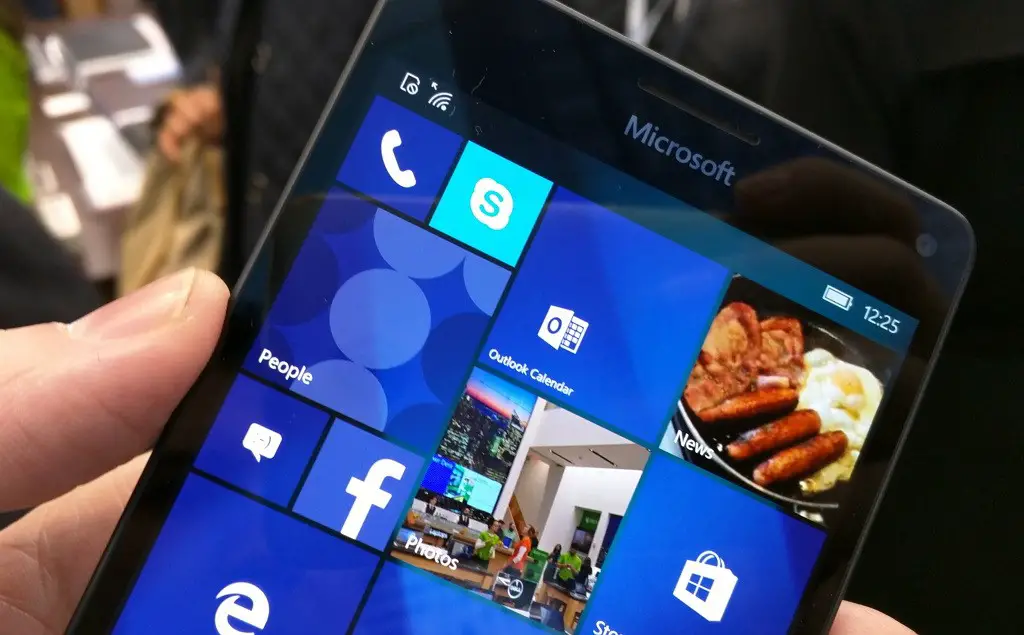
5. Live Tiles
Live Tiles, Windows 10 Mobile’s most unique feature, help it stand out from the competition. They can be resized and arranged however like on the Start Screen. Live Tiles, however, do much more than that. They display continually updating notifications from the apps they are connected to, as well as animating themselves with some seriously cool-looking effects.

6. Universal Apps
One of Windows 10 Mobile’s main features is its support for universal apps (or, more specifically, the entire Windows 10 ecosystem). Based on their self-titled Universal Windows Platform (UWP) application architecture, Universal Apps can run on a variety of other devices (such as tablets and gaming consoles) running versions of Windows 10 without the need to rewrite explicitly for each platform, in addition to Windows 10 Mobile and its desktop counterpart Windows 10.

7. Continuum
You always have a (kind of) pocket computer with you if you have a smartphone running Windows 10 Mobile. Thanks to “Continuum,” (supported) Windows 10 Mobile-running smartphones can be converted into computers by connecting an external display, a mouse, and a keyboard.
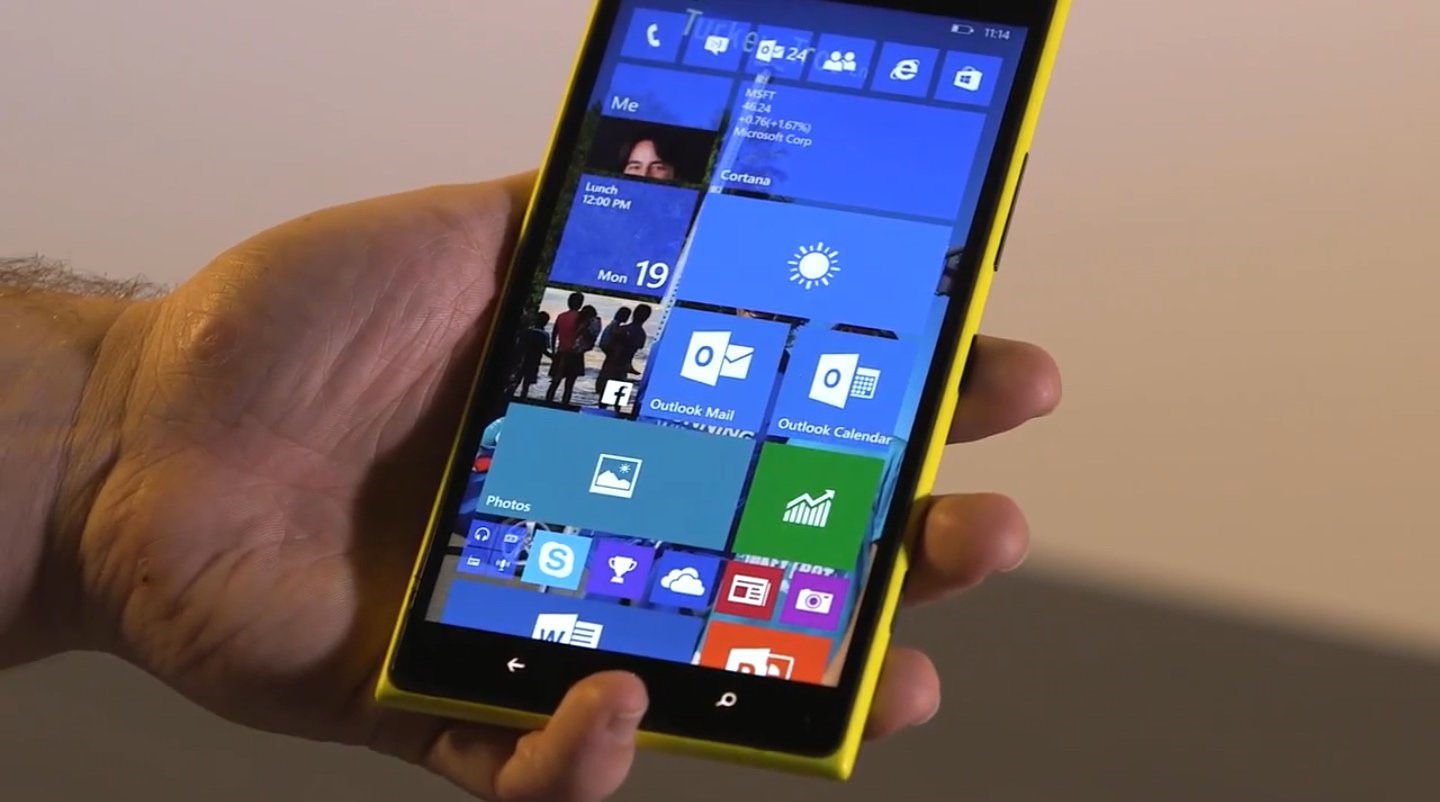
8. Customizations On Lockscreen
You may check your notifications from the lock screen on a Windows Phone. Windows Phones offer the integration of live apps on the lock screen in addition to allowing you to alter the background image in the lock screen settings. Facebook and Bing are two of the more effective app integrations. The Bing Picture of the Day is shown on Bing, while your album photos are displayed on Facebook.

9. Security
One of Android’s most significant benefits has always been that it is “open-source.” And that is true since it makes it simple to modify using everything from launchers to the many accessible custom ROMs. As a result, Android is also less safe because it frequently deals with problems like malware apps and security flaws like Stagefright. That is not a problem with Windows 10 Mobile, which is closed source and has malware resistance and enterprise-grade security features.

10. Lesser OS Fragmentation
Android, the most widely used mobile os, is used by millions of devices from different manufacturers and variants. As a result, various devices use various (often older) versions of Android, with some never receiving even a single update. According to Google’s stats, as of right now, only 2.3% of all Android devices are running the most recent version, Marshmallow. As devices running older Android versions often never get critical security updates, this is a severe fragmentation issue.
